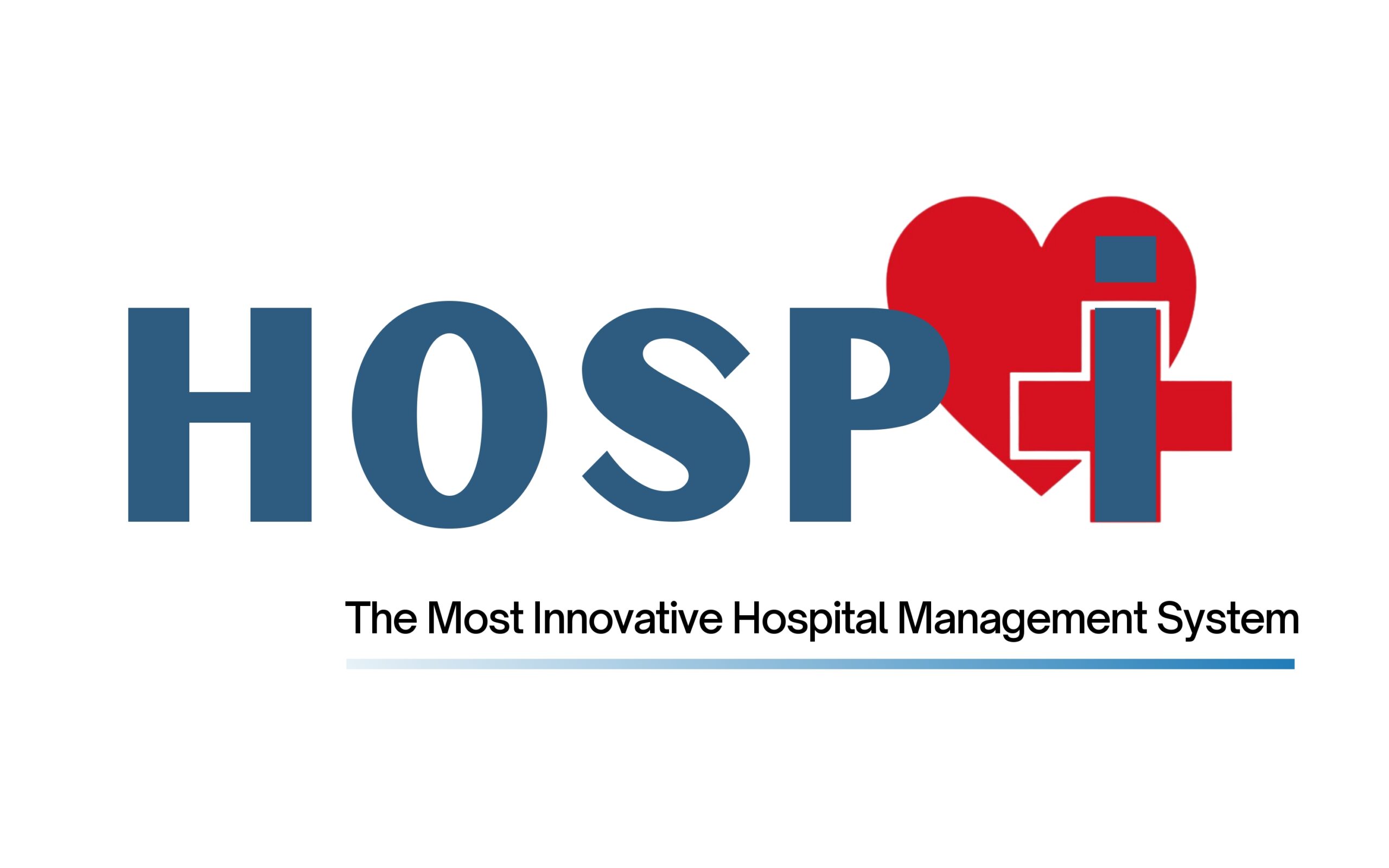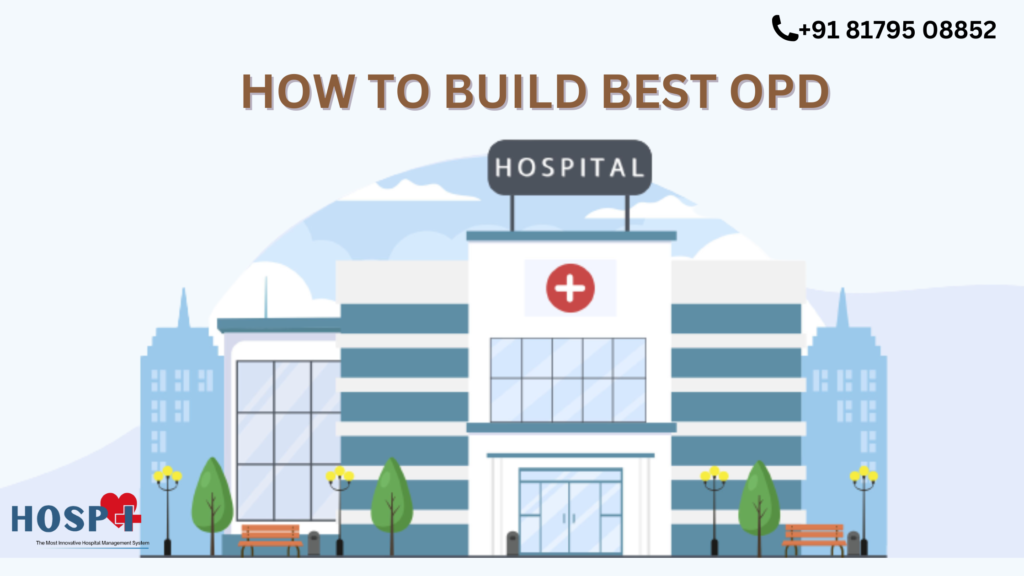Building the best outpatient department (OPD) is critical for providing high-quality healthcare services to patients. The OPD is the first point of contact for patients seeking medical care, and it is essential to ensure that it is well-equipped and staffed to provide the best possible care. In this blog we will learn how to build the best OPD.
Space and Layout
The first step in building the best OPD is to ensure that the space is adequate for the size of the department and the volume of patients that will be seen. A well-planned layout with separate areas for registration, waiting, consultation, and examination is essential. By providing adequate space, we can ensure that patients and staff can be easily maneuvered without obstruction or delay.
Staff and Services
An advanced OPD must have well-trained and qualified staff who can provide high-quality healthcare services to patients. The OPD should have a mix of physicians, nurses, and support staff who can provide a wide range of services, including primary care, specialty care, diagnostic testing, and counseling. The staff should also be able to work together seamlessly to ensure that patients receive comprehensive and coordinated care.
Equipment and Technology
An advanced OPD must have state-of-the-art equipment and technology to support accurate diagnosis and treatment. The department should have diagnostic imaging equipment, such as X-rays and ultrasounds, and laboratory facilities for blood tests and other diagnostic tests. The department should seamlessly integrate the equipment with its infrastructure to ensure smooth operation and minimal downtime.
Patient Experience and Comfort
Patient experience and comfort are critical components of the best OPD. The department should have a welcoming and calming environment that reduces patient stress and anxiety. The waiting area should be comfortable and spacious, with amenities such as water dispensers and restroom facilities. Equip and design examination rooms to ensure patient privacy and comfort.
Information Management
An advanced OPD must have an efficient and secure information management system. The department should have a comprehensive electronic medical record (EMR) system that tracks patient data, medical history, and test results. The EMR system should also be able to interface with other healthcare providers, ensuring that patients receive coordinated care across different settings.
Conclusion
In conclusion, building the best OPD requires a comprehensive approach that takes into account several critical factors. The department must be designed to provide ample space, have well-trained and qualified staff, have state-of-the-art equipment and technology, ensure patient experience and comfort, and have an efficient and secure information management system. By following these guidelines, you can build an OPD that provides the best possible environment for delivering high-quality healthcare services to patients.
To read some more articles like this, Visit this site: https://hospi.info/blog/



